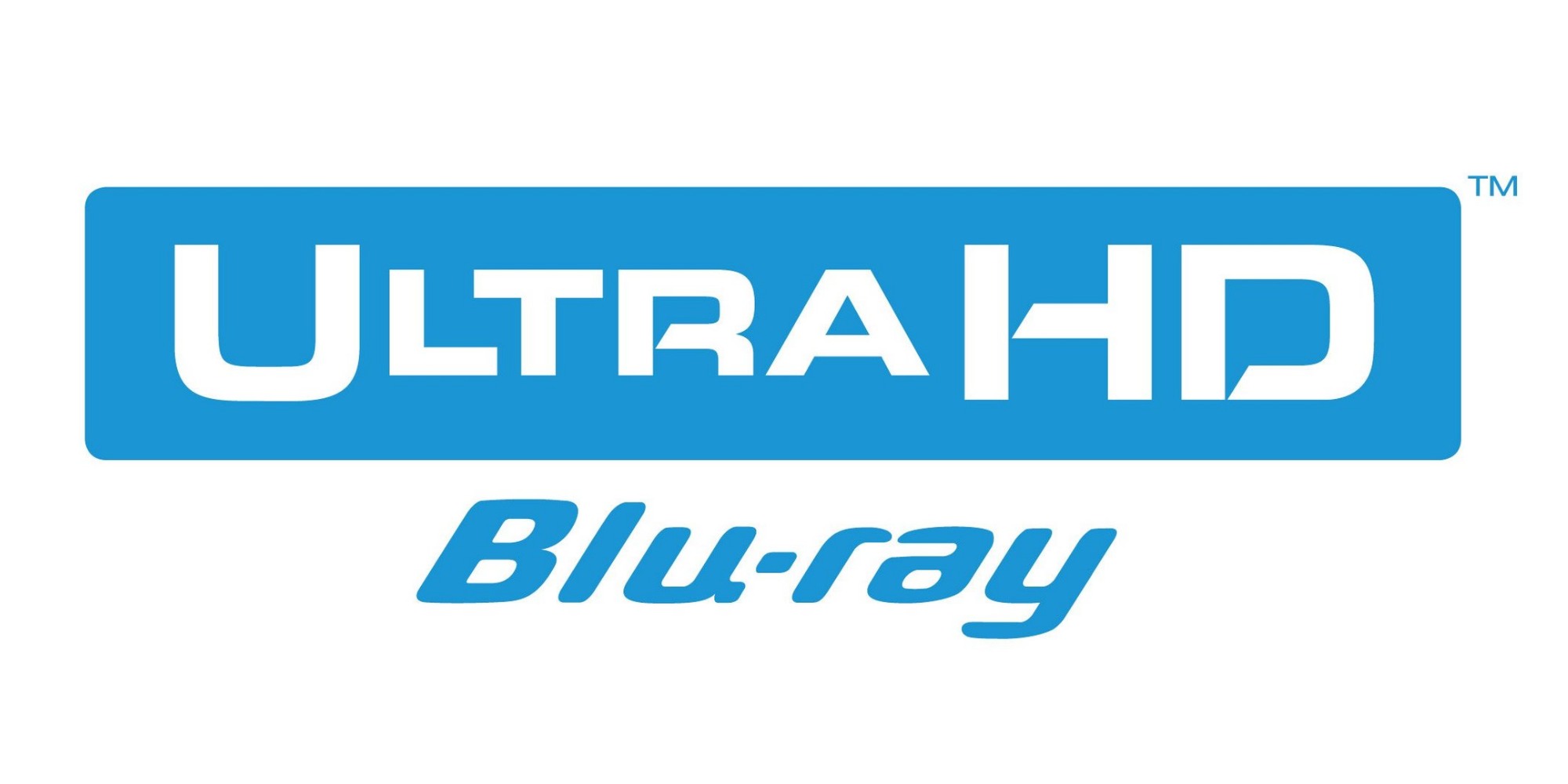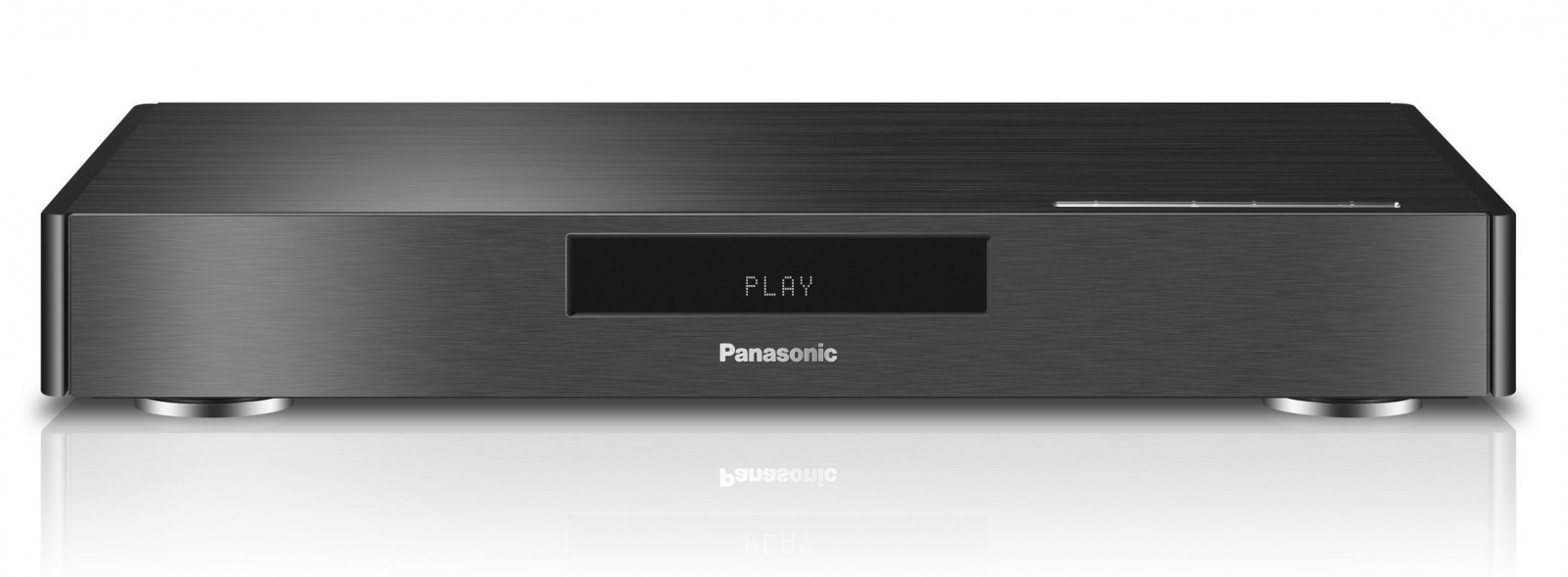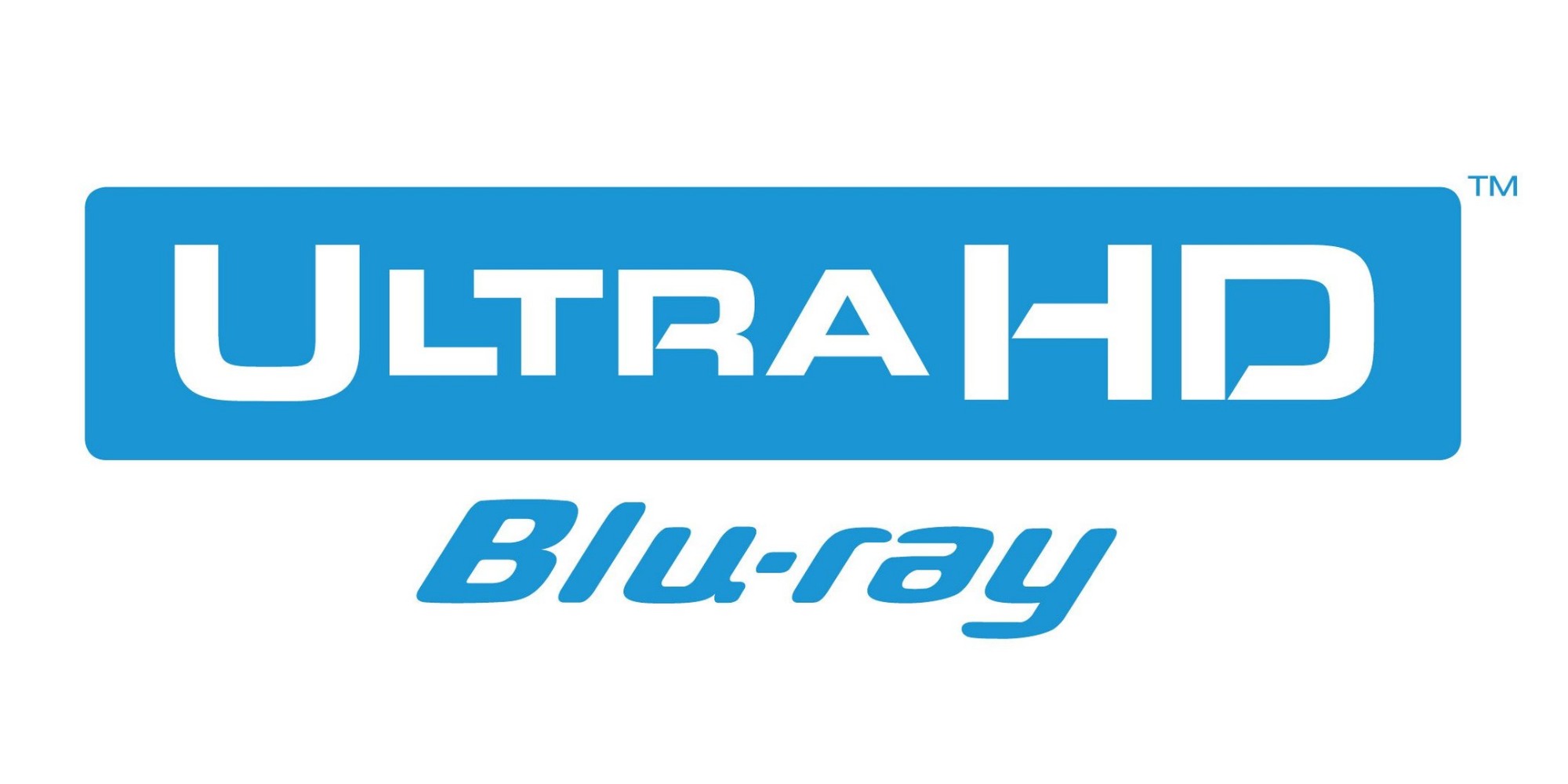

As is well known, great events are casting their shadows ahead of them, and therefore it is hardly surprising that one of the dominant topics of the CES in Las Vegas (6-9.01.2016) was known weeks in advance. Because already during the last IFA it became clear where the (home cinema) journey is going: 2016 should be the year of the Ultra HD Blu-ray. But what innovations does the format bring, what do you need to use it, and does all of this really make sense? Here are the most important answers: TVs with 4K televisions have been available for sale since 2013, but apart from taking photos you could hardly exploit the enormous resolution of 3,840 x 2,160 pixels because the sources were simply missing. That will change in 2016, and most likely in the first few months of the year. Because then the first players should be available that can play discs according to the new Ultra HD Blu-ray standard. The name speaks volumes - it's all about bringing high definition films to home cinemas and living rooms without the internet line having to glow when streaming. An Ultra HD video has four times as many pixels per picture as a conventional Full HD film and accordingly requires more storage space. And since a few other memory-hungry new features (more on that later) were integrated into the standard, a data carrier had to be found that could store this amount of data and read it out with a sufficiently high bandwidth. The Blu-ray Disc Association (BDA), which is responsible for the standard, provides for two- or three-layer optical disks with 66GB or 100GB storage space that will support data rates of 108Mbit / s or 128Mbit / s.
That sounds like a lot of space, but in the opinion of the BDA it would not be sufficient for 3D films with full 4K resolution per eye - which is why this is not even provided for in the standard. 3D is still part of the new specification, but only in full HD resolution. In terms of sound, the Ultra HD Blu-ray does not bring any improvement compared to the previous format. This is not surprising, however, because after all, Dolby Atmos and DTS: X are the two brand-new object-based audio formats on board that leave nothing to be desired in terms of the number of channels or the sound quality. By the way: All players for the new Ultra HD Blu-ray will also be able to play conventional Blu-rays. 
HDR has been buzzing around the scene as a 'buzzword' for a few years, and it will certainly dominate large parts of the CES reporting and populate the pages of the trade press afterwards. Evil tongues claim that after Full HD, 3D, Ultra HD etc. this would simply be the next marketing abbreviation that customers should be talked into. This technology has what it takes to be a real revolution in the TV sector, and it may even bring more additional picture quality than the Ultra HD pixel battle. Because while the effect of a higher resolution is heavily dependent on the image size and viewing distance, the higher dynamic range always results in a significantly improved image quality. In simple terms, HDR means a greater possible difference between the darkest and the lightest spot in an image. And since, in the case of a television, this is primarily achieved through higher brightness, the picture immediately appears more brilliant in any case. Much more important, however, is that the expanded dynamic range of HDR allows fine differences in brightness to be resolved and displayed much better. In other words: where a 'normal' 4K television only shows a uniform black surface, an HDR television can still show visible details. For this to work, however, the entire chain must be HDR-compatible. It starts with the Blu-ray, because it is likely that not all Ultra HD Blu-rays will have HDR image tracks at the beginning. To ensure full compatibility with older televisions as well, the HDR image information is docked to the normal image as additional data. It is therefore up to the end device whether it displays the film with HDR or normal dynamic range. However, all players for Ultra HD Blu-rays must be able to play HDR right from the start. For this HDR information, the BDA itself has developed a standard called 'BD HDR', the comparable format Dolby Vision is also supported.
But the BDA did not only take care of better image quality when developing the standard, it also thought about modern ways of using the content. The specification provides for the so-called 'digital bridge'. This is a special rights management system that should make it possible to export the films purchased on Ultra HD Blu-ray to devices such as tablets. Sounds great, but it has a huge catch: The digital bridge is an optional feature, ie it is up to the Blu-ray providers whether they offer this function or not. So it remains to be seen how this option will be accepted by the studios and distributors and whether it will be useful at all.
For a long time it was unclear whether there would even be a new optical storage medium for home cinema after the Blu-ray. Because of the volume of data and transmission bandwidths required, a kind of deposit model with exchangeable hard drives was considered. And since the signs of the times clearly indicate that streaming digital content à la Spotify and Netflix will be the future, things didn't look good for a Blu-ray successor for a while. But all home cinema fans who not only consume films but also enjoy them and want to display their collection can take a deep breath. The Ultra HD Blu-ray is definitely coming, the list of already planned releases (see below) is at least a good start. How long it stays is another question.
(As of January 3rd, 2016, without guarantee) 
Mad Max: Fury Road
San Andreas
The Lego Movie
Pan
(According to the announcement, all new releases in 2016 will also appear on Ultra HD Blu-ray)
Fox:
The Martian
Hitman: Agent 47
Maze Runner 2 - The Chosen in the Burning Desert (Maze Runner: The Scorch Trials)
Exodus: Gods and Kings
Kingsman: The Secret Service
X-Men: Days of Future Past
Life of Pi
The Maze Runner
Wild
Fantastic Four (currently only USA, as the rights in Germany are held by Constantin)
Sony:
The Amazing Spider-Man 2
Salt
Hancock
Chappie
Pineapple Express
The Smurfs 2
